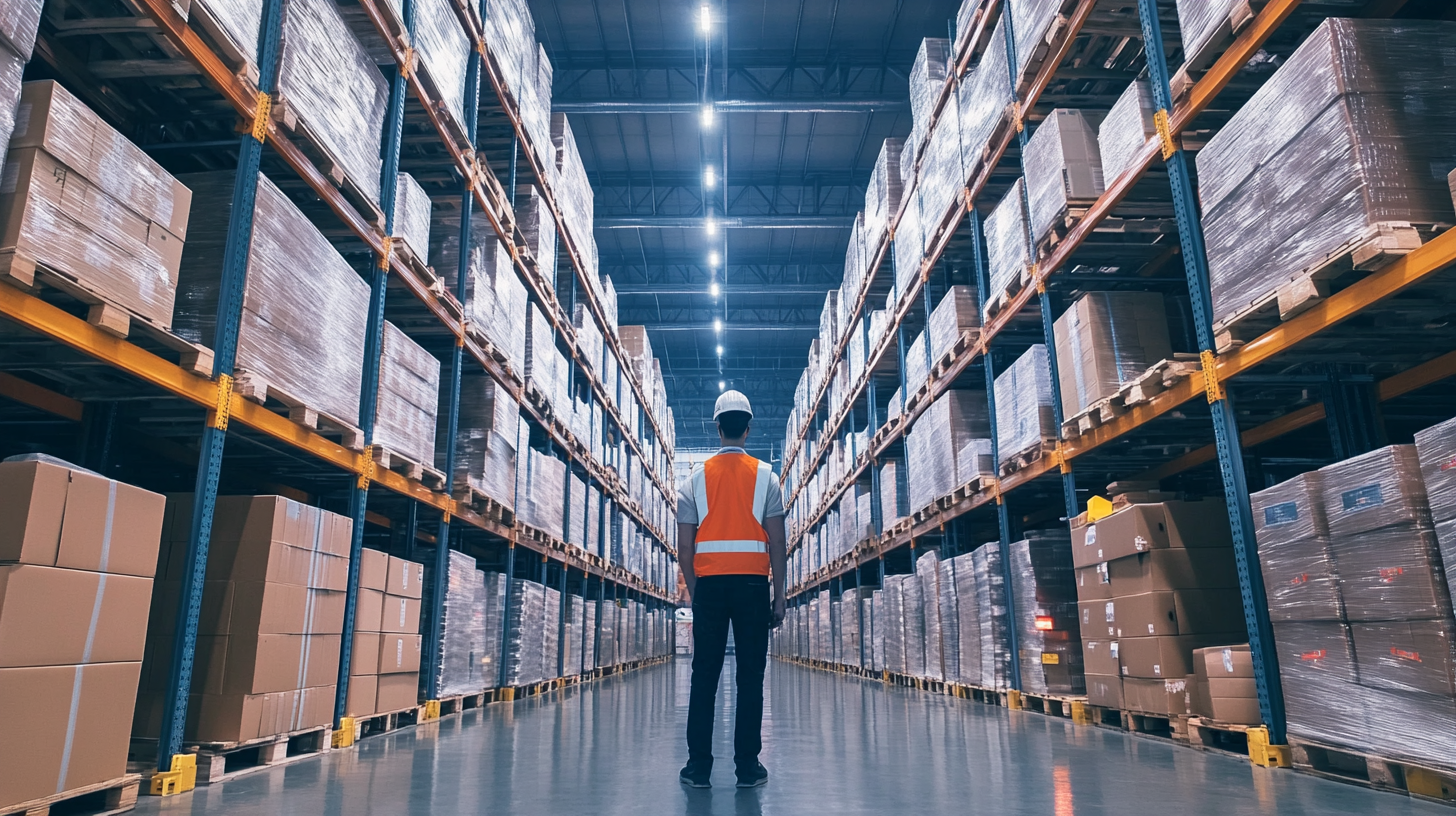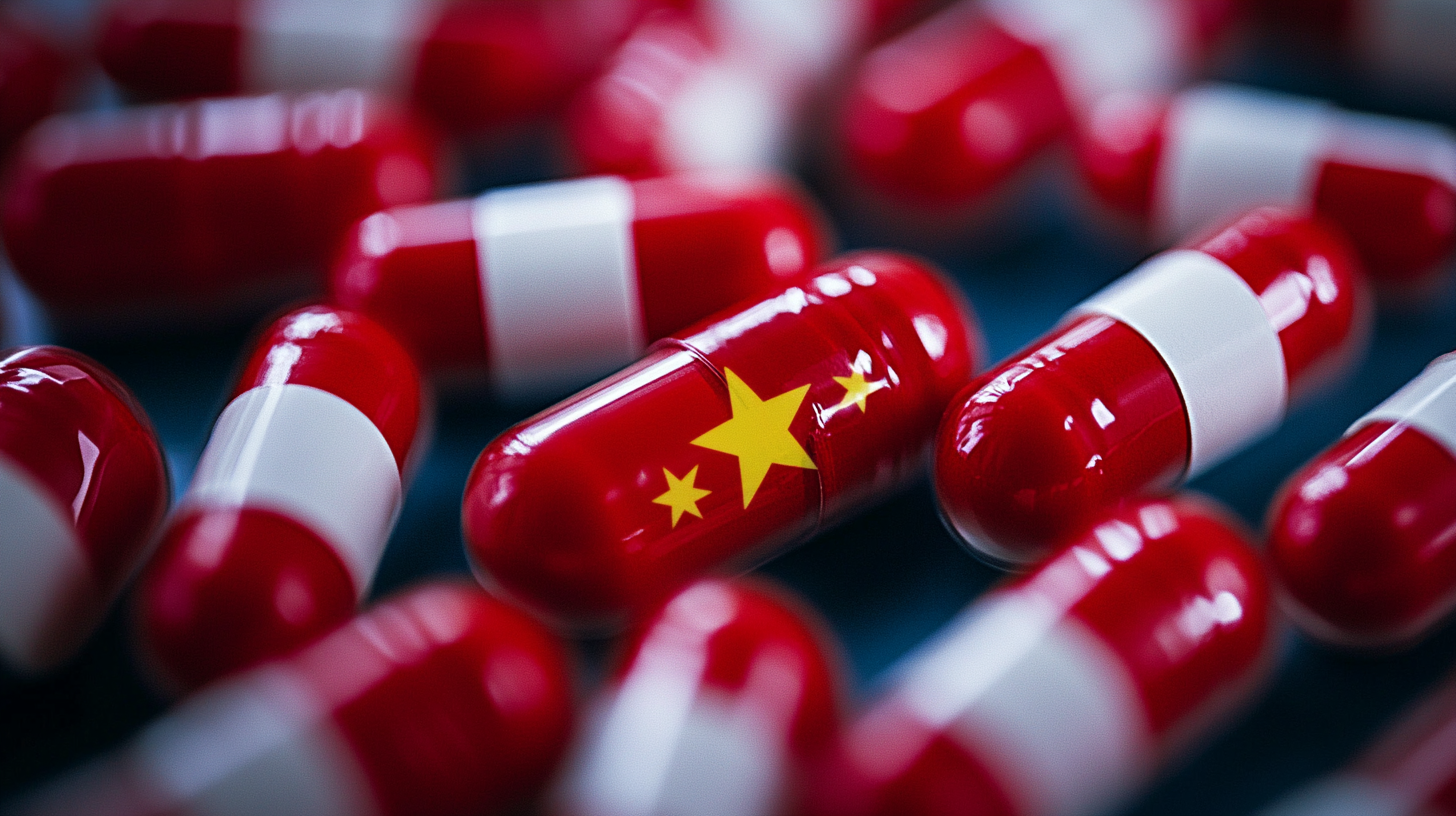
News
How Chinese Manufacturers Thrive Amid US China Tariff Challenges with Best Ceftriaxone Sodium
In the current landscape of global trade, Chinese manufacturers continue to show resilience, particularly in the pharmaceutical sector, despite the ongoing challenges posed by US-China tariffs. A report from the China Chamber of Commerce for Import and Export of Medicines and Health Products indicates that China's pharmaceutical exports reached approximately $34 billion in 2020, showcasing a steady growth trajectory. Among these products, Ceftriaxone Sodium, a widely used antibiotic for treating bacterial infections, has gained prominence. The compound's production in China accounts for over 40% of global supply, benefiting from cost-effective manufacturing capabilities and significant investments in research and development. As tariffs escalate, these manufacturers have adapted by enhancing efficiency and innovation, positioning themselves to not only survive but thrive in a competitive market. This blog will explore how Chinese companies leverage their strengths to overcome tariff hurdles while leading the Ceftriaxone Sodium market.

Strategies Chinese Manufacturers Use to Overcome US Tariff Hurdles
As US-China trade tensions persist, Chinese manufacturers are deploying innovative strategies to navigate the complexities of tariffs, particularly those impacting pharmaceuticals like Ceftriaxone Sodium. According to a 2023 report from the International Trade Administration, the tariffs on pharmaceutical imports from China have increased by an average of 25%, putting significant financial pressure on manufacturers. To counteract these challenges, many Chinese companies are investing in technological advancements and increasing their production efficiencies. For example, adopting automation and advanced manufacturing techniques allows them to reduce operational costs, enabling them to remain competitive in the global market.
Additionally, diversifying supply chains has become a critical strategy. A recent survey by Deloitte indicated that over 60% of Chinese manufacturers are actively seeking to source raw materials from other countries or collaborate with local suppliers to mitigate tariff impacts. This approach not only helps in cost management but also enhances resilience against geopolitical uncertainties. Furthermore, innovative marketing strategies tailored to specific market needs and regulatory requirements are helping these manufacturers to build stronger partnerships with distributors abroad, thereby ensuring continued growth despite external pressures.

The Role of Innovation in the Growth of Chinese Pharmaceutical Industry
The Chinese pharmaceutical industry has witnessed remarkable growth, particularly in the realm of innovation. As the country has approved nearly three times the number of innovative drugs compared to previous years, its position in the global pharmaceutical landscape has dramatically shifted. This surge in innovation is not just a response to domestic needs but is also aimed at competing on an international scale. In fact, China now ranks second globally in the development of new drug candidates, a feat that pressures U.S. companies to adapt and enhance their own competitive strategies.
Moreover, the impact of centralized purchasing policies on innovation within Chinese pharmaceutical firms has been profound. Studies have shown that these policies incentivize companies to invest more in research and development, fostering a culture of innovation that is crucial to their growth. As global pharmaceutical giants increase their focus on the Chinese market, the necessity for U.S. biotechs to recalibrate their approaches becomes undeniable. China's burgeoning biotech sector is reshaping the dynamics of global drug development, pushing both innovation and competition to new heights.
Assessing the Impact of Tariffs on Ceftriaxone Sodium Manufacturing
The introduction of tariffs on Chinese imports has significantly affected various sectors, including pharmaceuticals, particularly in the production of Ceftriaxone Sodium, a vital antibiotic used globally. According to a report by GlobalData, the Ceftriaxone Sodium market was valued at approximately $1.5 billion in 2022, and projections suggest a compound annual growth rate (CAGR) of 6.4% through 2027. However, the implementation of tariffs has increased production costs for Chinese manufacturers, leading to potential price hikes and supply chain disruptions.
In response to these challenges, Chinese manufacturers are strategizing to maintain their competitive edge. By investing in advanced manufacturing technologies and optimizing supply chains, companies can mitigate the impact of tariffs. For instance, reports indicate that several companies are shifting their sourcing of raw materials to minimize reliance on tariffed imports. Furthermore, enhancing sustainability practices is emerging as a key strategy, with a recent analysis suggesting that environmentally friendly manufacturing processes can reduce costs and improve market positioning. This adaptability not only helps manufacturers weather the tariff storm but also positions them for long-term growth in a competitive global landscape.
Impact of US Tariffs on Chinese Ceftriaxone Sodium Manufacturers
Market Adaptation: How Chinese Producers Stay Competitive Globally
In the face of escalating US-China trade tensions and tariffs, Chinese manufacturers have displayed remarkable agility and innovation, particularly in the pharmaceutical sector. As global demand for essential medications like ceftriaxone sodium surges, these manufacturers demonstrate their ability to adapt by investing in research and development to improve production efficiency and product quality. By leveraging cutting-edge technology and optimizing their supply chains, they are able to minimize the impact of tariffs and maintain competitive pricing in international markets.
Moreover, Chinese producers are also focusing on building strong partnerships and exploring new markets to mitigate risks associated with geopolitical challenges. Diversifying export destinations allows them to tap into emerging economies while reducing dependence on traditional markets. With a strong emphasis on compliance with international standards and regulatory requirements, these manufacturers not only enhance their credibility but also attract a wider customer base. Their proactive approach to market adaptation ensures that they remain resilient and sustain growth despite the prevailing trade obstacles.
How Chinese Manufacturers Thrive Amid US China Tariff Challenges with Best Ceftriaxone Sodium
| Manufacturer | Location | Annual Production (Kg) | Export Markets | Tariff Strategy |
|---|---|---|---|---|
| China National Pharmaceutical Group | Beijing, China | 100,000 | USA, Europe, Asia | Cost Reduction through Local Sourcing |
| Boehringer Ingelheim | Shanghai, China | 80,000 | USA, South America | Enhancing Efficiency in Production |
| Wuhan Dumatol Chemical Co. | Wuhan, China | 50,000 | Middle East, Africa | Long-term Contracts with Suppliers |
| Shenzhen Leiming Pharmaceutical | Shenzhen, China | 200,000 | Asia, Europe | Innovative Product Development |
| Hubei Beryl Pharmaceuticals | Hubei, China | 60,000 | USA, Canada | Market Diversification |
Success Stories: Case Studies of Chinese Companies Thriving Under Tariffs
In the face of the ongoing US-China tariff challenges, many Chinese manufacturers have found innovative ways to not only survive but thrive. A prime example is a leading ceftriaxone sodium producer that adapted its strategies to respond effectively to market pressures. By investing in advanced manufacturing technologies and optimizing supply chain management, this company reduced production costs while maintaining high-quality standards. Their focus on research and development allowed them to improve the efficacy of their products, making them more competitive despite the tariffs imposed.
Another notable success story is a Chinese pharmaceutical company that leveraged its extensive distribution network to penetrate new markets. Facing heightened tariffs on exports to the US, they shifted their strategy towards expanding in Southeast Asia and Europe, where demand for affordable medicines is soaring. By collaborating with local partners and understanding regional regulatory requirements, they managed to establish a robust presence abroad. This adaptability not only cushioned the impacts of tariffs on their revenue but also positioned them for long-term growth in an increasingly competitive global landscape.






